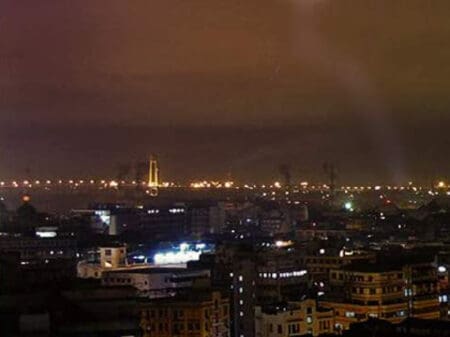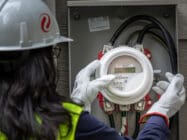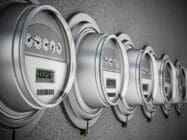
The West Bengal State Electricity Distribution Company (WBSEDCL) is to instal 200,000 smart meters as part of its distribution grid modernisation.
The contract for the advanced metering infrastructure (AMI) initiative with a value of Rs416.84 crore ($50.2 million) has been awarded to HPL Electric & Power.
The goal of the project, which is supported by funding from the World Bank, is to reduce losses and improve the revenue collection for the utility.
The proposal is that the smart meters will be deployed to high-value consumers in selected urban geographies, including Asansol and Kharagpur among others, by the end of 2026.
Have you read?
India pushes locally-made smart meter and EV tech
Why India’s start-ups are driving energy sector innovation
The meters also are expected to improve peak load management and help in better integration of distributed energy resources such as rooftop solar in the grid.
They also should support demand side management by providing consumers with access to their consumption data and hence encourage them to reduce their electricity consumption.
The project marks HPL Electric & Power’s further inroads and broader role in India’s meter market – of which the company claims a 20% market share – with its first as the ‘advanced metering infrastructure service provider’ (AMISP) with responsibility for delivering other smart metering infrastructure and services, alongside its traditional role as supplier to the AMISPs.
“This achievement not only highlights our readiness for change, but also emphasises our preparedness to seize the opportunities in India’s smart metering evolution,” said the company’s joint MD and Chief Financial Officer, Gautam Seth, in an investor call.
As a World Bank-supported project, it is supplementary to but broadly following the guidelines of the national rollout under the Revamped Distribution Sector Scheme (RDSS).
Smart grid development
The smart meter rollout forms part of the smart grid component of the distribution grid modernisation.
Other elements include technology and capacity upgrades of the ICT systems and the deployment of distribution automation technologies and integration of communicable control devices with SCADA.
More broadly other aspects include the strengthening and augmentation of the distribution network in select districts and towns, with retrofits, new distribution and undergrounding of lines for storm protection, and the customary technical assistance for institutional development and capacity building.
The whole distribution grid modernisation is due for completion at the end of November 2026.








